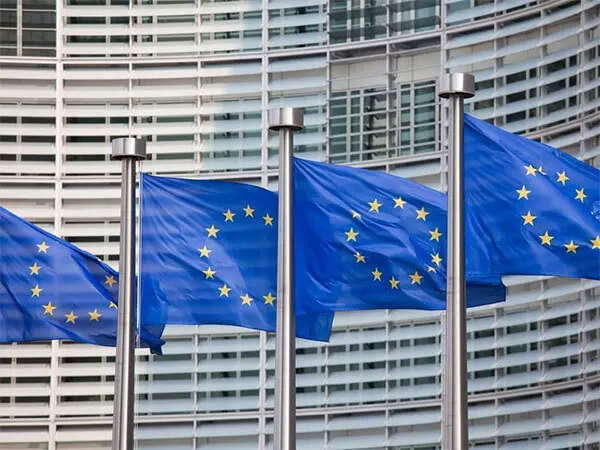The European Union has implemented its 18th package of sanctions against Russia, targeting oil revenues and financial networks due to the Ukraine war. Key measures include a lower price cap on Russian oil, restrictions on the ‘shadow fleet’ of tankers, and a ban on transactions related to Nord Stream gas pipelines.
The EU Tightens the Screws: A Deep Dive into the Latest Russia Sanctions
The European Union is upping the ante. Not with tanks or troops, but with something arguably just as powerful: economic sanctions. Fresh measures aimed at further crippling Russia’s ability to wage war in Ukraine have just been unveiled, and they’re more complex and far-reaching than ever before. But what exactly do these sanctions entail, and perhaps more importantly, will they work? Let’s unpack the key components of this latest economic offensive.
Targeting the Achilles Heel: Energy and Finance
The most impactful aspects of these new Russia sanctions focus on cutting off access to crucial revenue streams. Think of it like slowly turning off the tap that fills the Kremlin’s war chest. A significant portion of Russia’s income comes from energy exports, and the EU is determined to squeeze that pipeline. Expect to see increased restrictions on the sale of liquefied natural gas (LNG) and other energy products. While a complete embargo remains politically complex given some member states’ reliance on Russian energy, the EU is strategically targeting loopholes and future projects to diminish Russia’s long-term energy dominance.
Beyond energy, the financial sector is also taking a hit. The new sanctions are designed to make it even harder for Russia to access international financial markets and conduct cross-border transactions. This includes targeting specific Russian banks and financial institutions, as well as clamping down on the use of cryptocurrency to evade existing sanctions. The aim is to isolate Russia from the global financial system, making it more difficult to fund the war effort and maintain economic stability.
Cracking Down on Circumvention: Closing the Loopholes
Sanctions are only effective if they’re properly enforced. The EU acknowledges that previous sanctions have been circumvented through various methods, including the use of third countries and shell companies. This new package includes measures specifically designed to close these loopholes. This means increased scrutiny of exports to countries bordering Russia, as well as enhanced due diligence requirements for businesses operating in the EU to ensure they are not inadvertently facilitating sanctions evasion. Think of it as a game of cat and mouse, with the EU constantly adapting to Russia’s attempts to circumvent the restrictions.

Expanding the Blacklist: Individuals and Entities in the Crosshairs
One of the key tools in the sanctions arsenal is the “blacklist,” a list of individuals and entities subject to asset freezes and travel bans. This latest round of EU sanctions adds more names to that list, targeting individuals and companies deemed to be involved in supporting the Russian war effort, spreading disinformation, or facilitating sanctions evasion. This includes individuals in the military, government, and business sectors, as well as companies involved in the production of weapons and military equipment. The EU is sending a clear message that anyone who contributes to the war in Ukraine will face consequences.
Tech Troubles: Limiting Access to Critical Technologies
Modern warfare relies heavily on advanced technology, and the EU is determined to restrict Russia’s access to these crucial resources. The new sanctions include tighter controls on the export of dual-use goods – items that can be used for both civilian and military purposes – to Russia. This includes technologies such as advanced electronics, semiconductors, and specialized machinery. By cutting off access to these technologies, the EU aims to hamper Russia’s ability to produce sophisticated weaponry and maintain its military capabilities. Check out our other articles on the impact of tech sanctions on global conflicts, linked [here](insert internal link here).
Will They Work? The Big Question
The effectiveness of any sanctions regime is always a topic of debate. Some argue that they are a blunt instrument that inflicts pain on ordinary citizens without significantly impacting the behavior of the targeted regime. Others maintain that they are a necessary tool to exert pressure and limit a country’s ability to wage war.
The truth likely lies somewhere in the middle. Sanctions are rarely a silver bullet, but they can be an effective tool when implemented strategically and enforced rigorously. The key to success lies in maintaining a united front among allies, closing loopholes, and adapting to Russia’s attempts to circumvent the restrictions. The ultimate goal is to make the war in Ukraine unsustainable for Russia, forcing it to the negotiating table and bringing an end to the conflict.







